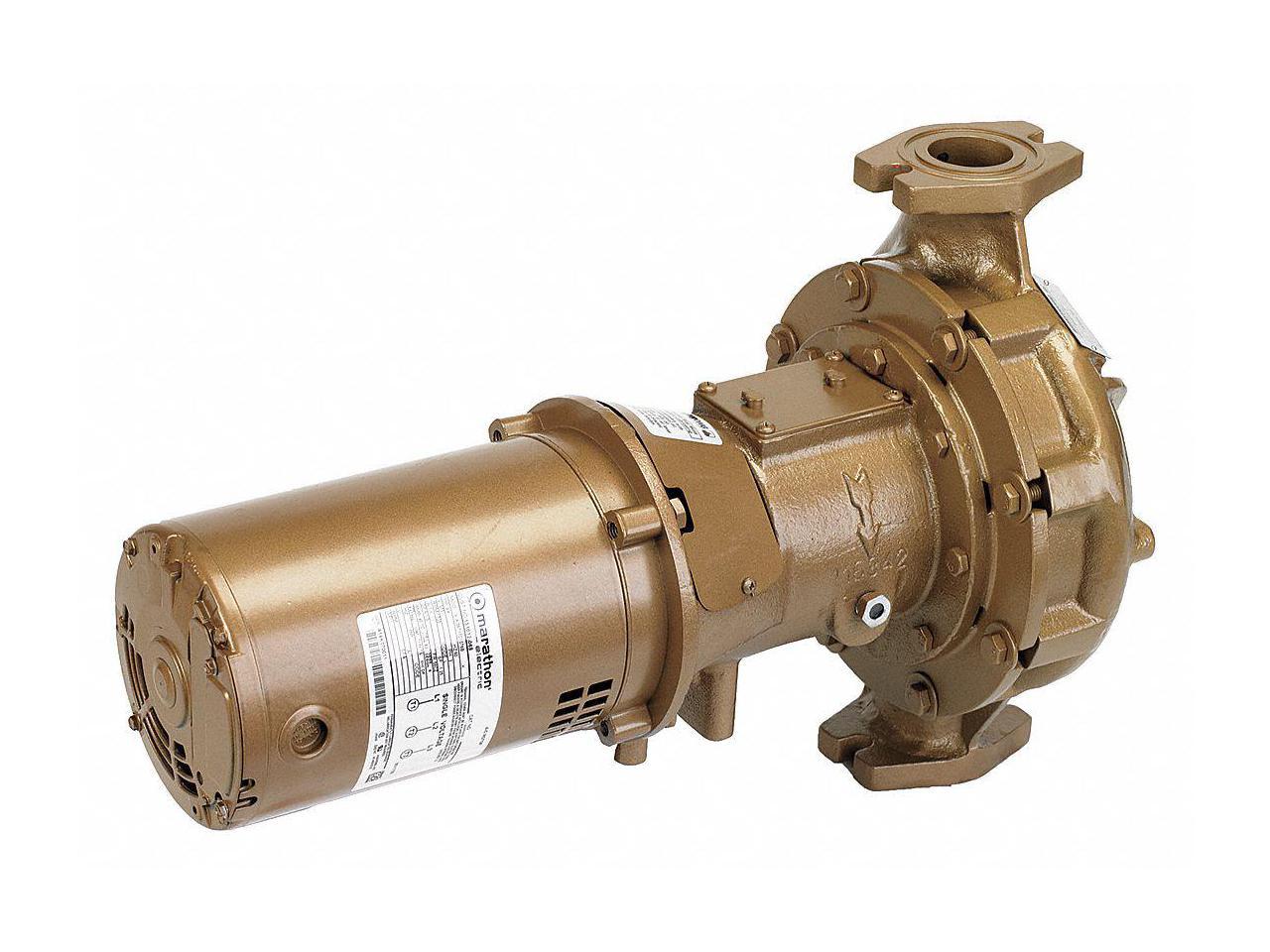
A commercial hot water system provides instant hot water to various locations in a building. The following are the main components of a typical commercial hot water circulation system:
- Hot Water Source: The hot water source is typically a water heater or boiler that provides hot water to the circulation system. This source can be fueled by natural gas, electricity, or other energy sources.
- Circulating Pump: The circulating pump is responsible for moving the hot water through the pipes and back to the hot water source. This pump is typically located near the hot water source.
- Piping: The piping system includes a network of pipes and valves that distribute the hot water to different areas of the building. The piping can be made of copper, steel, or other materials that are suitable for hot water circulation.
- Valves: Valves are used to control the flow of hot water through the piping system. This includes valves that control the flow of hot water to different areas of the building and valves that regulate the temperature of the hot water.
- Sensors and Controls: Sensors and controls are used to monitor the temperature and flow of hot water through the system. This includes temperature sensors that detect when hot water is needed and controls that activate the circulating pump and regulate the temperature of the hot water.
Overall, these components work together to provide an efficient and reliable hot water circulation system that meets the needs of a commercial building. By providing instant hot water to various locations, this system helps to reduce water waste and energy consumption while providing greater convenience for building occupants.
